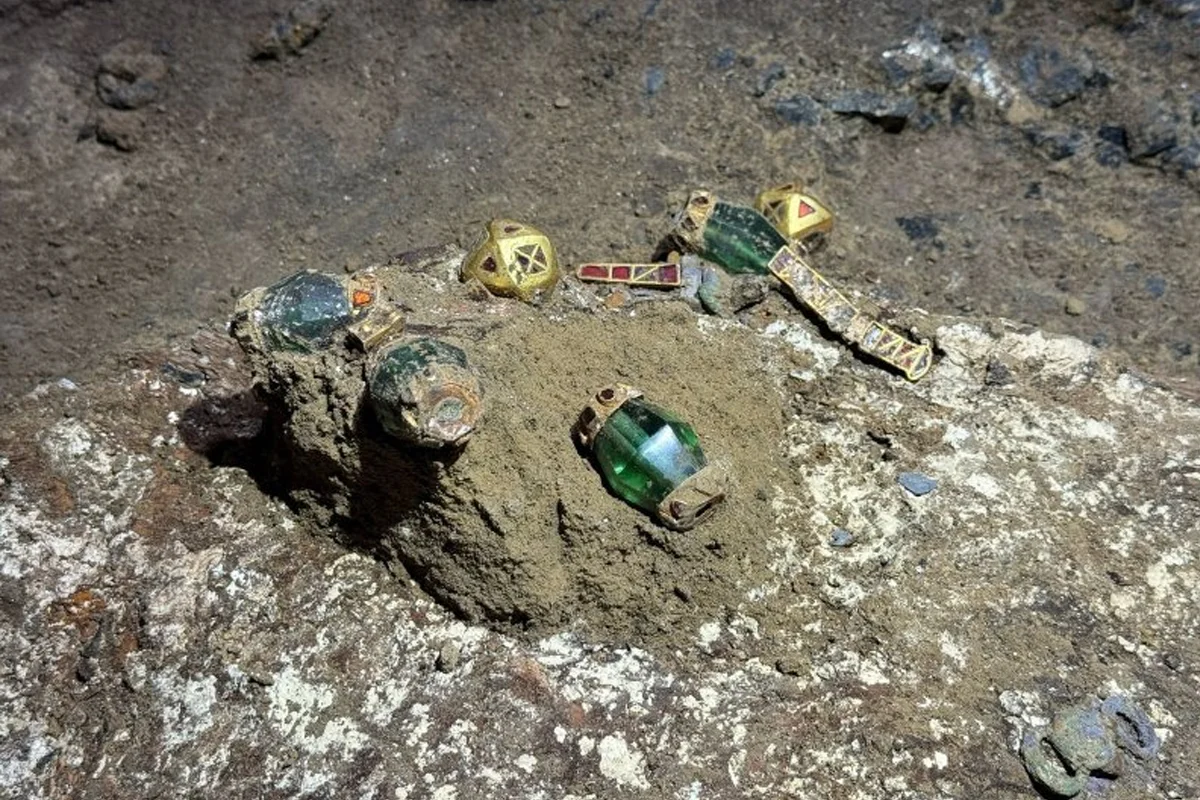Archaeologists have discovered an intact burial mound containing the tomb of an Alanian elite during excavations at Alkhan-Kala west of Grozny, Chechnya.
The Alani were an Iranic-speaking, nomadic pastoralist people who migrated westward into the North Caucasus, across Europe, and even into parts of Africa.
Emerging as a dominant force among the Sarmatian tribes of the Pontic–Caspian steppe, the Alani first appear in Roman historical records and Vologases inscriptions during the 1st century AD.
Many Alani became part of the Hunnic Empire under Attila, while others migrated alongside various barbarian groups into Western Europe. Some eventually settled in regions such as Gaul and Spain, where they integrated with the Vandals.
Located near Alkhan-Kala is a necropolis of burial mounds, first excavated in the 19th century by Count A. Bobrinsky, then chairman of the Imperial Archaeological Commission.
In a recent study led by Azamat Akhmarov of the Academy of Sciences of the Chechen Republic, archaeologists uncovered an undisturbed burial mound at the necropolis, containing an elite grave dating back to the early phase of the Alanian culture (2nd to 5th century BC).
The deceased was buried with a collection of ornate horse harnesses decorated with tourmalines, along with a bridle, three bladed weapons, garnets, and imported metal vessels.
According to experts, the intricate craftsmanship and valuable materials of the grave goods demonstrates the exceptional skill of the era’s artisans and underscore the high social standing of the individual laid to rest.
Azamat Akhmarov emphasised the importance of the tomb, explaining that intact elite burials of the Alani are exceptionally rare in the region due to extensive looting. The discovery offers a rare and invaluable window into Alanian culture and its social hierarchy.
Header Image Credit : Academy of Sciences of the Chechen Republic
Sources : Academy of Sciences of the Chechen Republic







